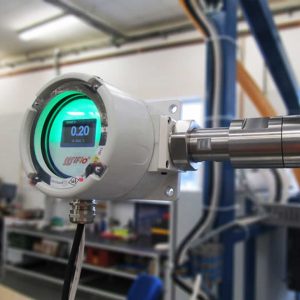Water Detection in Oil and Fuel
Setting a new industry standard for analysis, providing operators immediate detection of the presence of water in oil systems with precise concentrations in real time.
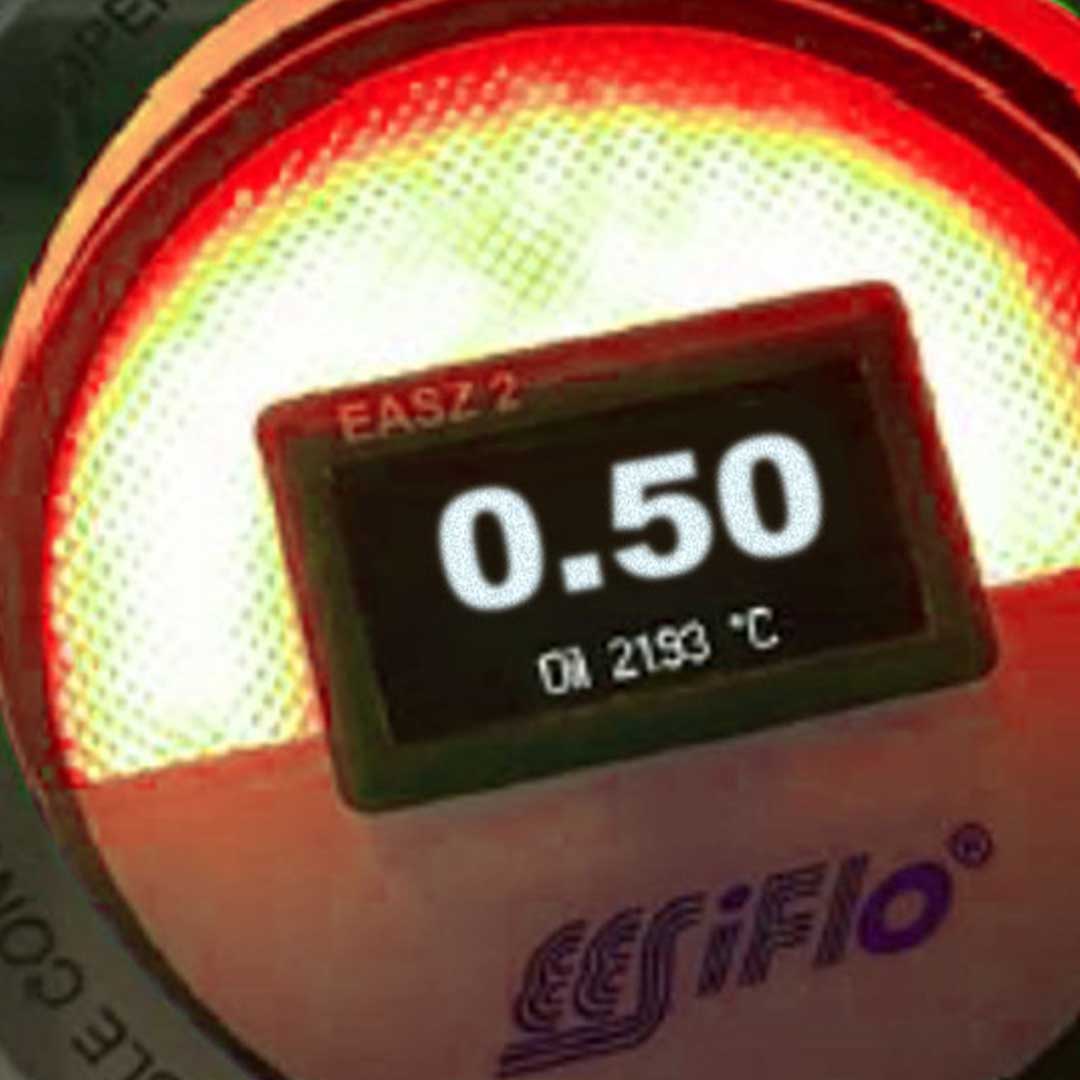
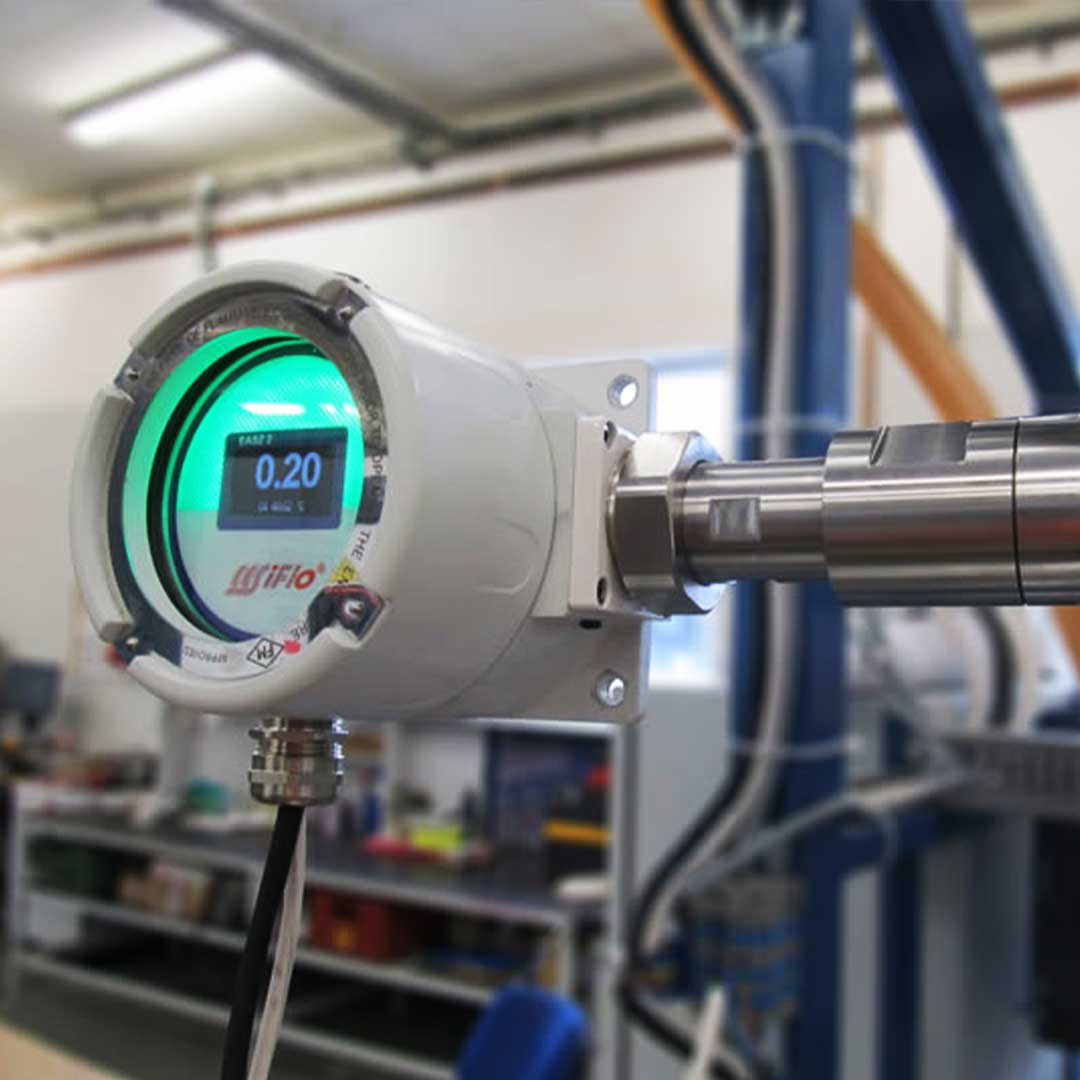
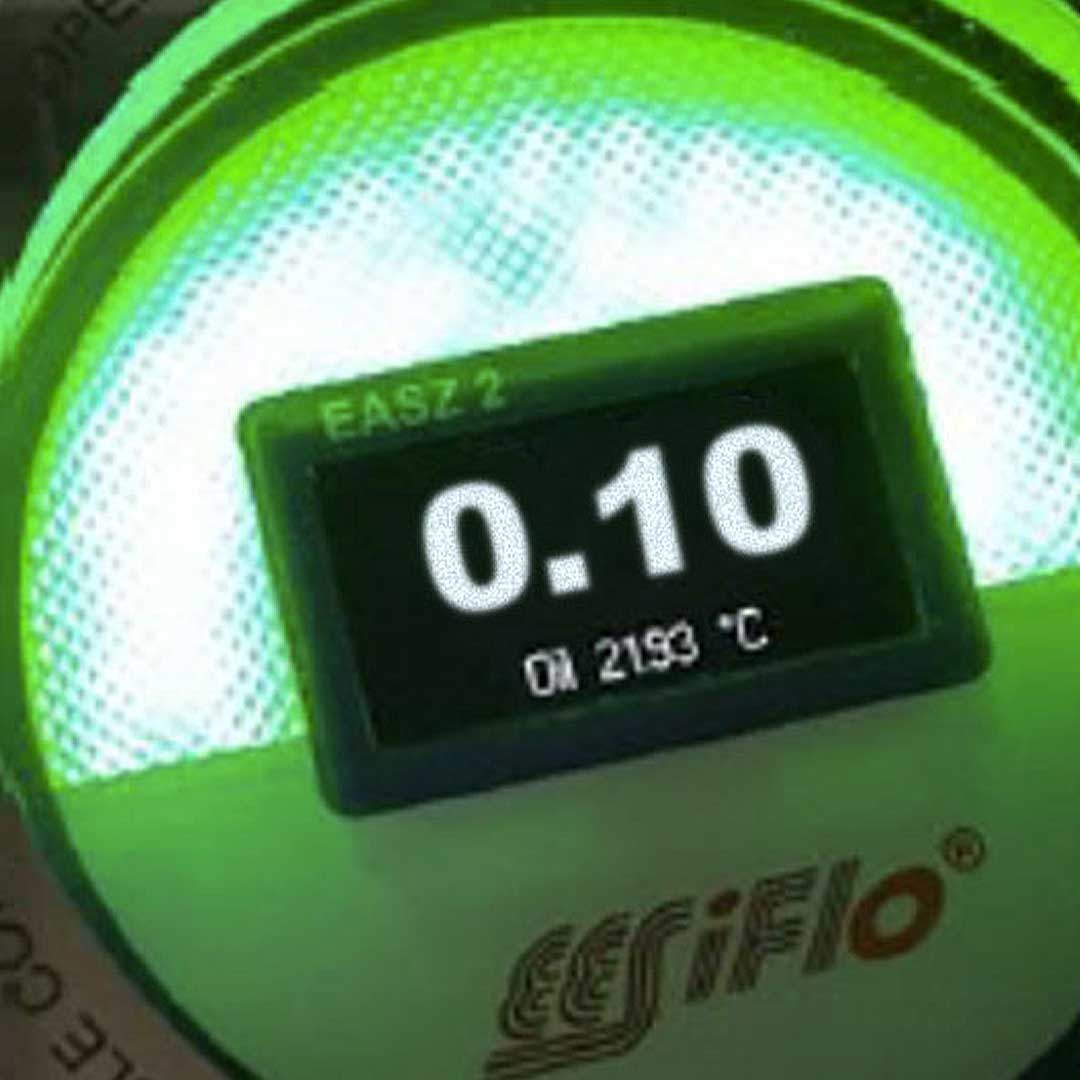
Water contamination in oil
Water in oil can exist in several states, if this is left undetected it can lead to numerous types of damage to machinery and equipment. In industrial oils water contamination can change a lubricants viscosity and lead to chemical changes. This results in a depletion of additives and can then form a sludge, or acidity to the oil causing corrosion.
Phases of water in oil
Water can exist in oil in different ways, this can be an emulsion mix, dissolved water and water in free globules. This makes it very difficult to test and get a representative sample of the lubricant. When oil reaches saturation point over 250ppm it will form distinct water droplets and if left unattended will separate from the oil.
Typical damage by water in oil
Component will not function correctly of there is water present in the oil, typical symptoms are rusting as well as fatigue on rotating parts like bearings. Components can wear faster and jam in extreme cases. In extreme temperatures there can also be the formation of ice crystals which should be avoided as these will cause further damage.
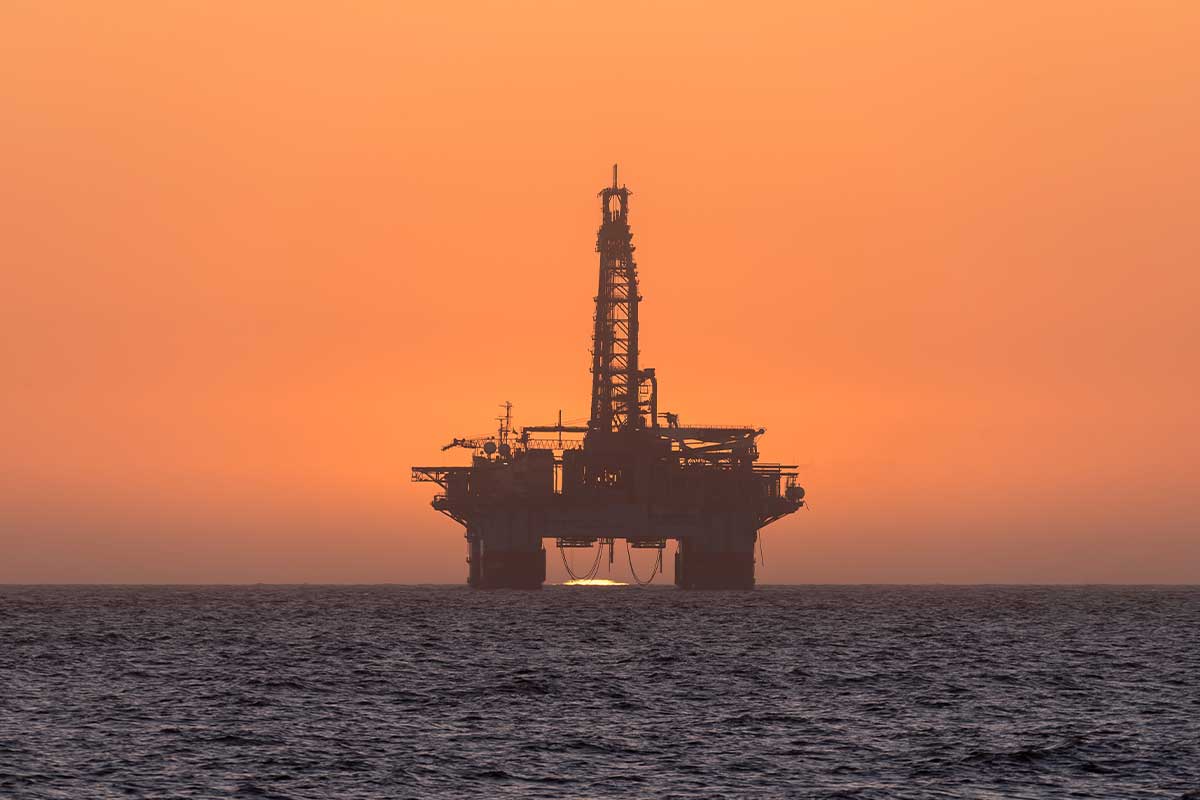
Current measurement methods via sampling
There are various ways to measure the water content in oil by sampling and testing a small sample of il in the laboratory. These vary from the simple crackle test using a hot plate (160C) and if water is present, you can hear a distinct crackling. This type of test is not quantitative and there are safety concerns. Other tests use Calcium Hydrate but for this test you need solvents and additives. Karl fisher titration is another method, but this is a costly and lengthy process and needs a skilled operator and also the use of chemicals and additives. Not having a real time in line analysis, the sampling frequency needs to be increased to catch any event, which in most cases is not practical.
Continuous Inline measurement
Using a system line the EASZ-2 provides the user with real time in line analysis so contamination can be caught in a timely manner, this allows the operator to take immediate action should an event occur. The EASZ-2 provides a real time reading and can be connected to plant control systems to provide alarms for the plant operator. The system display also shows green for OK, Yellow when the limit is being approached and Red in alarm condition for over range.
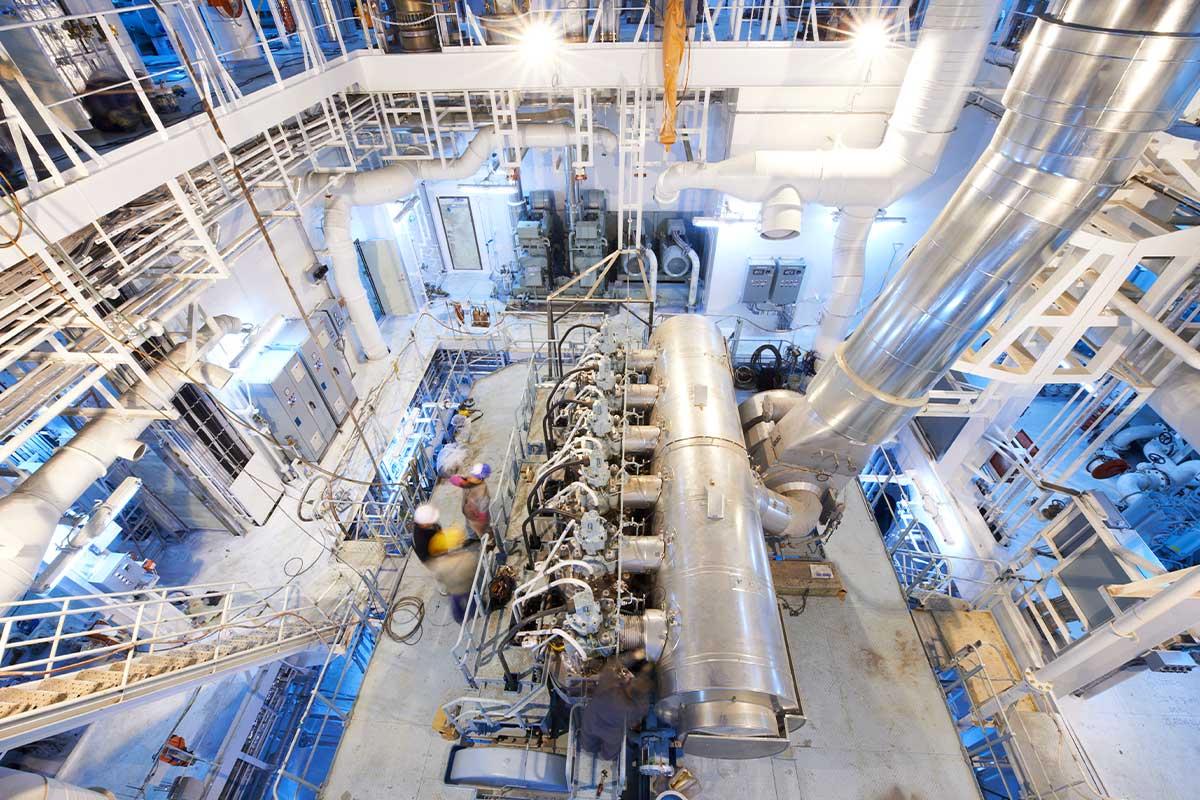
EASZ-2 Analysis method
The EASZ-2 (Water in Oil) sensor continuously monitors dissolved water content in oil using a capacitance method based on the dielectric of the oil. As the water increases in the oil the dielectric properties will change providing a linear curve. The EASZ-2 can measure the water in oil to ppm level with a response time of 1 second.
Certification for hazardous areas
The EASZ-2 can be used in hazardous area and is IECEX certified for Exd and Intrinsically safe. The system is also CE compliant and IP66 rated.
Materials of construction
The EASZ-2 is constructed of 316 Stainless Steel wetted parts and comes with a bore size of 0.5” to 3” or there is an option of a flanged connection 1” to 48”
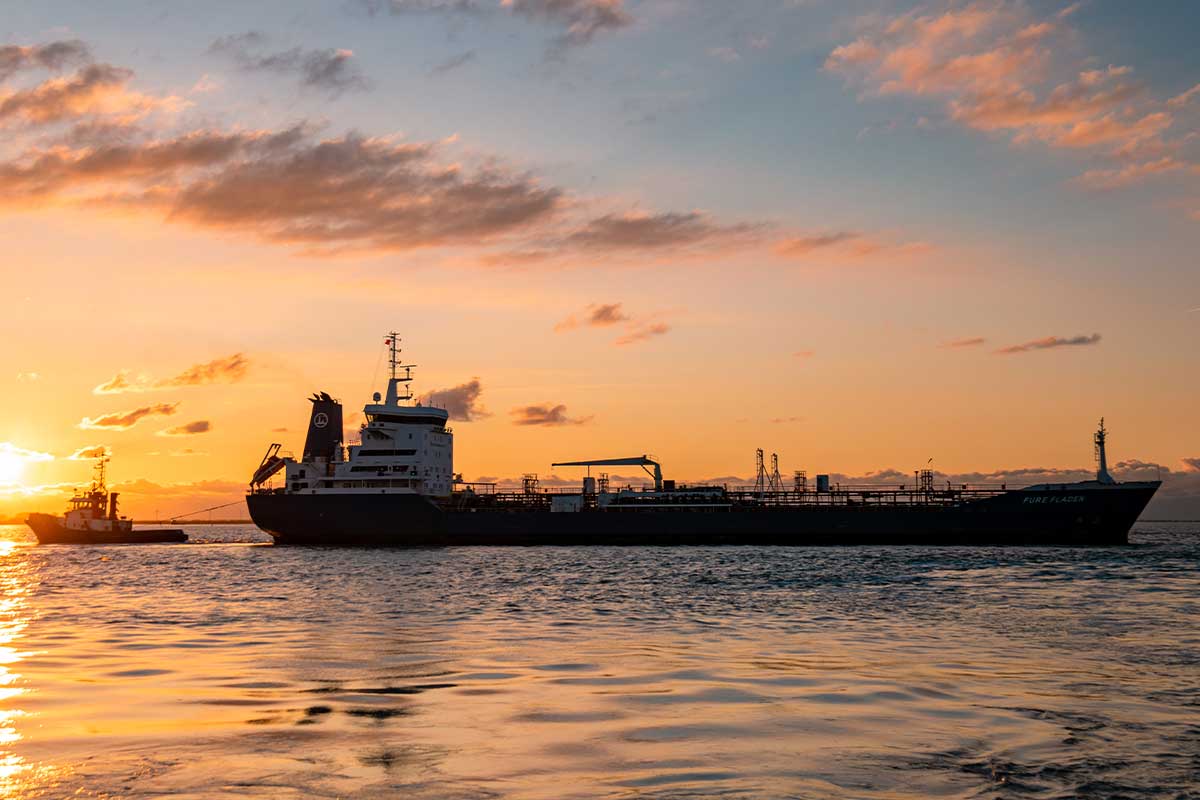
- Water in cooking oil
- Water in oil detection
- Water in oil analysis
- Water ingress in lube oil
- Water in fuel
- Water detection in turbimne oil
- Water detection in turbine oil
- Moisture in oils
- Water cut meter
- Cut monitor
- Water in oil emulsion
- Water in oil storage tanks
- Water in oil monitoring for ships
Water in Oil Questions answered by our experts
How does a water oil sensor work?
There are many analysis methods from infrared absorption to capacitance systems using dielectric principles. There are also chemical titration methods that use solvents and chemicals but can only measure a small amount of sample at one time.
How do you measure Water in Oil emulsion?
You can normally tell the difference between the two by measuring the electrical conductivity of there is no conductivity it is without emulsion.
What is the free water in Oil?
Free water is water that is present but is not held in suspension, water and oil do not mix so the water will always try to separate from the oil.
What happens if water gets into Oil?
This can lead to degradation of the oil as the viscosity will change and it will not lubricate efficiently. This could lead to serious problems with engine components, bearings and other moving parts.
What are the typical laboratory methods for measuring moisture in lubricating oil?
- The Crackle Test
- Calcium Hydride Oil Analysis Kit
- Karl Fischer Titration
- Relative Humidity Sensors
- Infrared Spectroscopy


